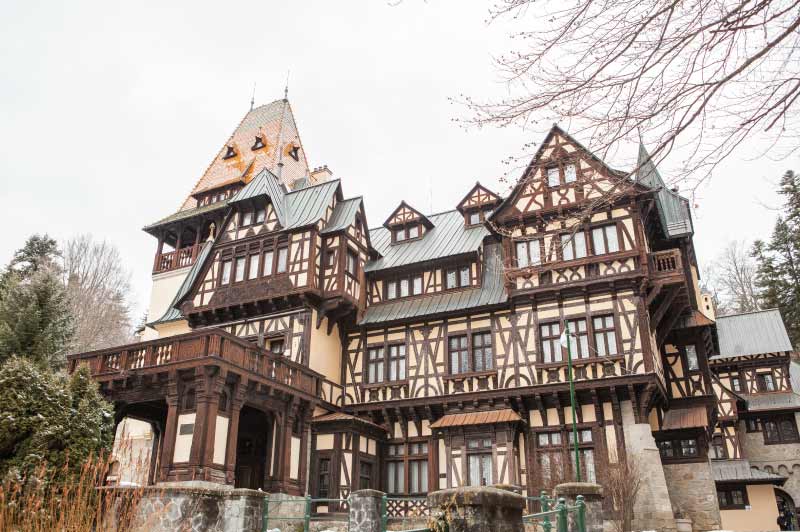
Did you know that there are tight connections between the british royal family and the Romanian royal family? They are actually linked by blood and mariage relationships. let’s learn more about them.
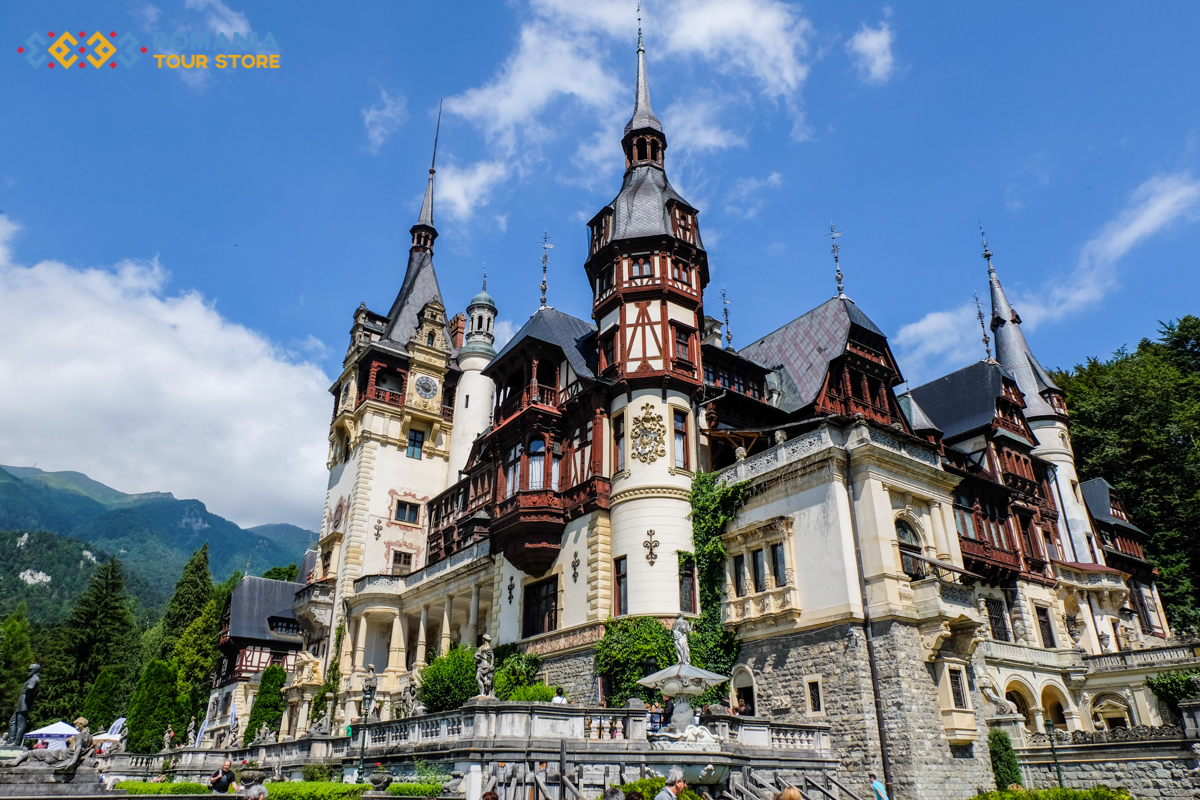
The history of the Romanian royal family
The Romanian royal family has an intriguing history that traces its roots to the Hohenzollern family of Germany. Here’s a brief overview:
In the mid-19th century, the Romanian principalities of Wallachia and Moldavia were united to form the modern Romanian state. The first ruler of this unified entity was Domnitor Alexandru Ioan Cuza. However, his reign was short-lived due to political disagreements, and in 1866, he was replaced by Carol I of the Hohenzollern-Sigmaringen family.
Originally known as Prince Karl of Hohenzollern-Sigmaringen, King Carol I (Reigned: 1866-1914) was invited to become the ruler of Romania. In 1881, the country was declared a kingdom, and Carol became its first king. He reigned until his death in 1914.
The nephew of King Carol I, Ferdinand, ascended to the throne following Carol’s death. He ruled through World War I and played a key role in Romania joining the Entente Powers. As a result of post-war treaties, significant territories were incorporated into Romania. The queen Mary of Romania played an important role in this treaties.
King Michael I (First Reign: 1927-1930) first ascended to the throne as a child after the death of his grandfather, Ferdinand. His father, Carol II, had previously renounced his rights to the throne, but later returned and assumed power.
King Carol II (Reigned: 1930-1940) was a controversial figure, and his reign saw the establishment of a royal dictatorship in 1938. However, political instability and his personal scandals led to his abdication in 1940.
King Michael I (Second Reign: 1940-1947) returned to the throne after his father’s abdication. He played a significant role in Romania’s switch from the Axis to the Allied side during World War II. In a bold move in 1944, King Michael participated in a coup against the pro-Nazi government, making way for Romania’s alliance with the Allies. However, post-war, with the rise of the Communist regime backed by the Soviet Union, he was forced to abdicate in 1947 and spent many years in exile.
With the abdication of King Michael in 1947, the Romanian monarchy was effectively dissolved, and the country became a socialist republic. King Michael lived in several Western countries during his exile. After the Romanian Revolution in 1989, which led to the fall of the Communist regime, the royal family’s status remained ambiguous. However, King Michael and his family were allowed to return to Romania in the early 1990s. Though the monarchy wasn’t restored, the family became involved in various charitable activities.
King Michael passed away on December 5, 2017. While the Romanian royal family no longer has any official status in the Romanian state, they still hold a symbolic and cultural significance for many Romanians.
Notable members of the current Romanian royal family include Margareta, Michael’s eldest daughter, who holds the title of “Custodian of the Romanian Crown,” even though Romania remains a republic.
Where do they live now ?
The members of the Romanian royal family do not hold official residences due to their lack of formal political or state roles. However, they have been given access to and rights of use for several properties that historically belonged to the royal family before the onset of the Communist regime. Here are a few notable properties associated with the Romanian royal family:
Elisabeta Palace in Bucharest: This has been the residence of the Romanian royal family since its construction in the 1930s. After the fall of the Communist regime, the palace was returned to the royal family in the 2000s. It has since served as the official residence of Margareta, the Custodian of the Romanian Crown, and her husband, Prince Radu.
Pelișor Castle: Located in Sinaia, next to the larger Peleș Castle, Pelișor was built for King Carol I’s nephew and successor, King Ferdinand, and his wife, Queen Marie. While Peleș Castle is a museum and tourist attraction, Pelișor was returned to the royal family and they have certain rights of use, though it also functions as a museum.
Săvârșin Castle: Located in Arad County, this castle was returned to King Michael I in the 2000s after being confiscated by the Communist regime. The royal family uses this residence, especially for Christmas celebrations and other private events.
Bran Castle: Often referred to as “Dracula’s Castle” due to its loose connection to the Bram Stoker’s Dracula legend, this castle was a royal residence, particularly favored by Queen Marie. In the 2000s, it was legally returned to the descendants of Queen Marie. However, in 2009, the castle was placed under the administration of the Bran Castle Administration to function as a museum, though the royal family still holds the title.
The Romanian royal family has had a complex relationship with these properties due to historical confiscations and legal disputes, especially during the Communist era. But since the 1990s, there has been a reconciliation process, with certain properties being restored to the family or agreements being reached about their use and management.
Visit Bran and Peles Castle with our special tour. to learn more about the tour Click here.




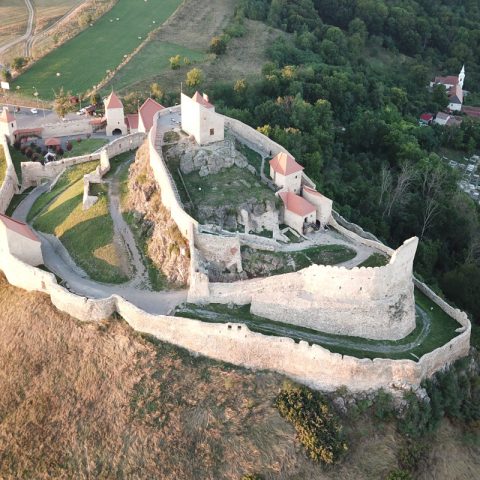
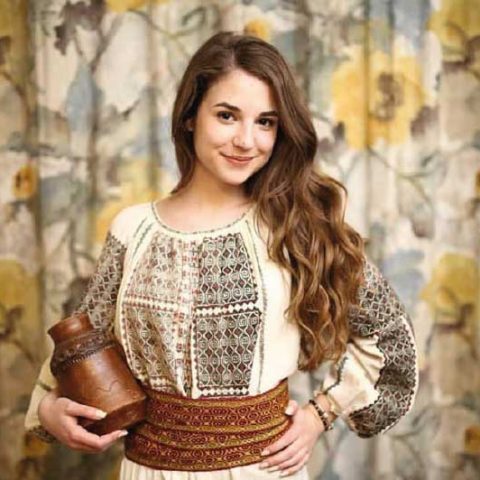
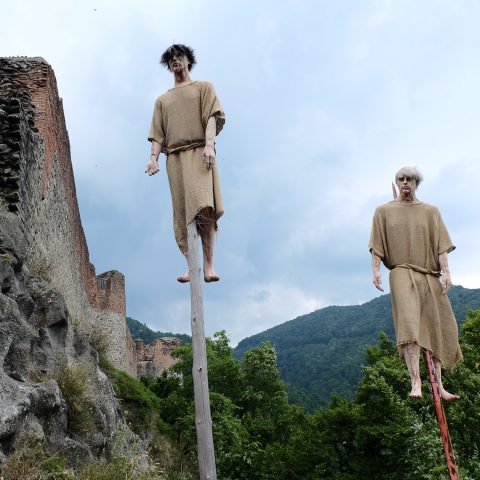











Leave a Reply